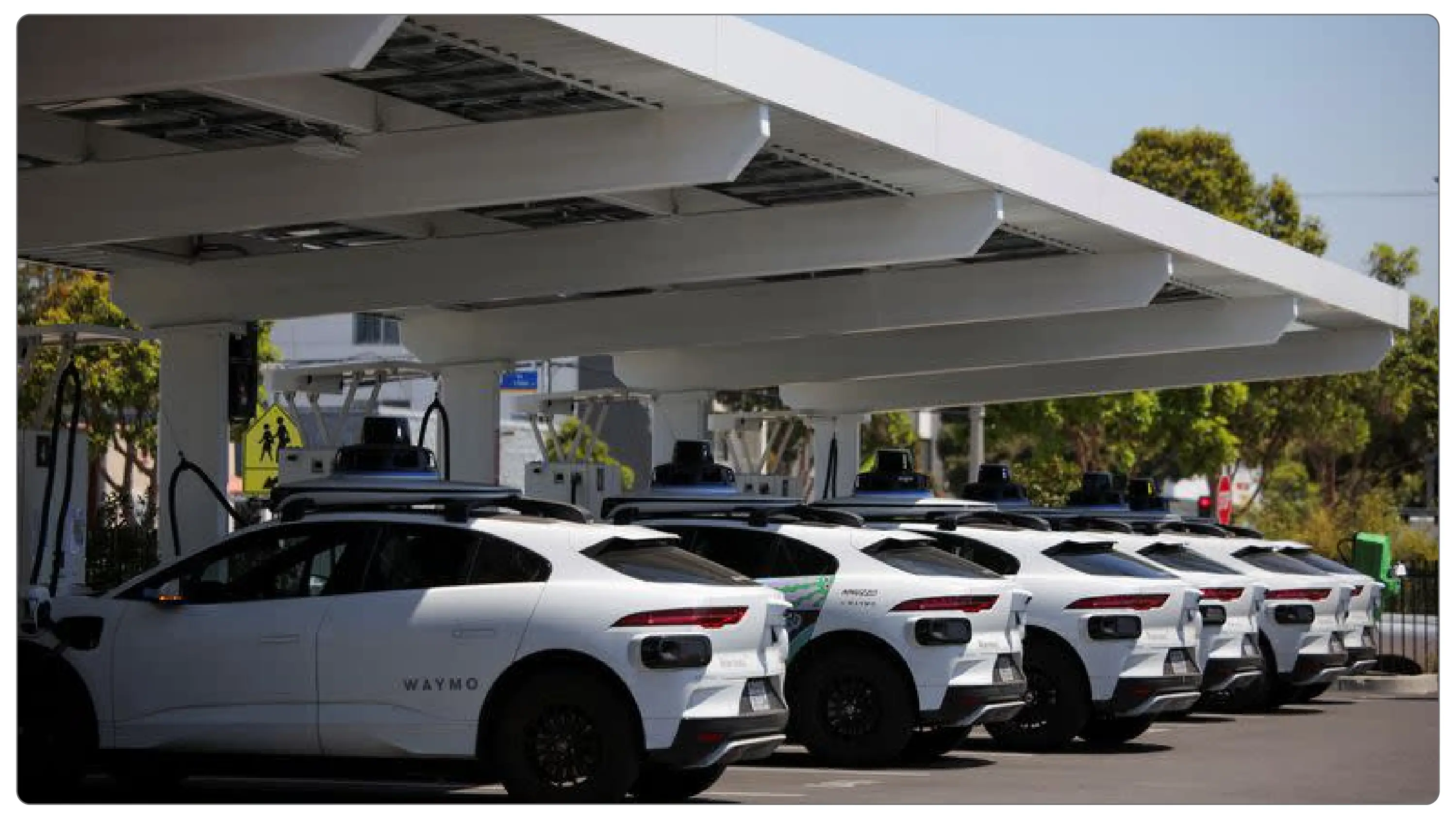From Austin to Dallas: Waymo Expands Its Robotaxi Empire
Waymo, Alphabet’s self-driving tech giant, has officially launched its fully autonomous ride-hailing service in San Francisco. Not the steering wheel. No safety driver. Just you, the car, and artificial intelligence at the wheel.

This is no longer a pilot project or test run for a small group of users. Anyone in a few areas of San Francisco can use the Waymo One app to call a fully autonomous car starting this week, which will allow them to travel without a steering wheel, accelerator pedal, or human backup driver. Now that it's on demand, it’s a scene from science fiction.
After years of thorough testing, real-world simulations, and policy navigation, Waymo has finally launched its services in San Francisco. One of the most challenging test sites for autonomous vehicles is the city because of its erratic traffic patterns, distinctive steep hills, and busy pedestrian areas. This is precisely why this moment is significant—Waymo did more than introduce a product; it overcame the most difficult obstacles in urban mobility.
With the help of Waymo's cutting-edge AI and sensor fusion technology, the cars can make complicated decisions in real time, including merging, yielding, stopping, and rerouting without the need for human intervention. To prepare for this launch, the company maintains that its autonomous system has traveled thousands of real-world journeys and millions of simulated miles.
Waymo isn’t just driving people around; it’s driving change. The company believes that its autonomous fleet can reduce traffic fatalities, cut carbon emissions, and offer a more equitable, accessible transport solution for everyone. Each vehicle is electric, contributing to a greener urban landscape and supporting Alphabet’s broader sustainability goals.
But while tech enthusiasts and early adopters are celebrating, not everyone is on board. Critics argue that autonomous technology still has blind spots, especially in unpredictable, real-world conditions. There are concerns about data privacy, algorithmic decision-making in life-or-death scenarios, and the massive job displacement that could follow a widespread rollout of driverless vehicles.
Gig economy drivers and taxi unions are already voicing concerns. Many people see the robotaxi as a threat to their livelihood rather than just an innovation. However, Waymo is remaining true to its goal of creating a more sustainable, intelligent, and safe mobility future. In traffic accidents, the majority of which are caused by human error, autonomous driving has the potential to save tens of thousands of lives annually, according to the company.
For Waymo, San Francisco is just the beginning. Plans are underway to expand to more cities, more neighborhoods, and possibly nationwide coverage. The company is also exploring integration with public transportation systems and partnerships with logistics companies to extend its impact beyond passengers to packages.
One thing is undeniable: with this launch, Waymo has shifted gears from promise to performance. The age of the robotaxi is no longer just coming—it’s already here, honking at the future to get in.